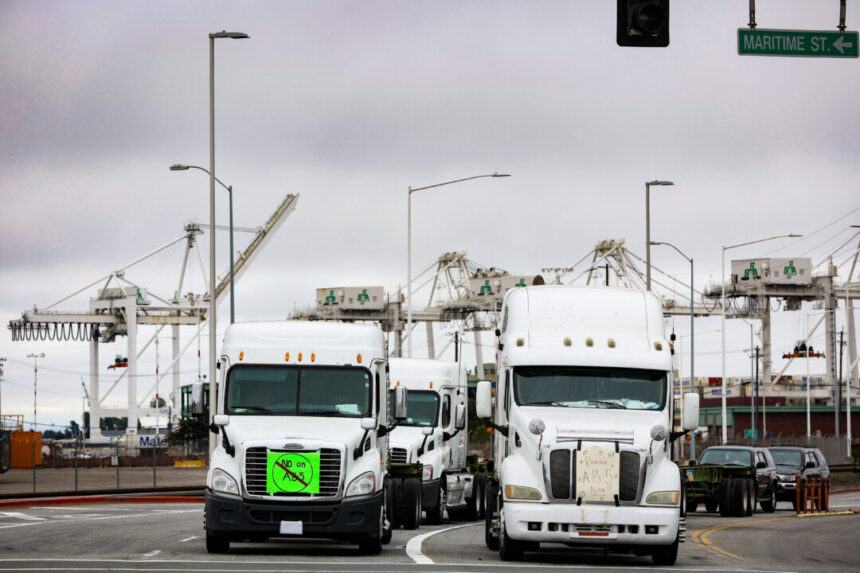An industry expert cautioned that mandating EV trucks in today’s market could result in even more supply chain disruptions. According to a recent report from transportation and logistics firm Ryder, transitioning conventional truck fleets to electric vehicles would increase annual operational costs, leading to economic inflation. The report highlighted a cost increase of 5 percent for light-duty EVs and 94-114 percent for heavy-duty trucks. For a mixed fleet of 25 vehicles, costs could surge by 56-67 percent.
Ryder’s EVP Karen Jones emphasized that while there are specific applications where EV adoption makes sense, broader adoption may face challenges due to technology and infrastructure limitations. She warned that forcing companies to convert to EVs in the current market could lead to supply chain disruptions, increased transportation costs, and additional inflationary pressure.
The report also pointed out that the United States has a limited number of EVs deployed compared to the total number of commercial vehicles in operation. Additionally, the lack of charging infrastructure poses a significant barrier to electrifying commercial vehicle fleets. The report estimated that electrifying America’s commercial vehicle fleet would require a $1 trillion investment.
Despite efforts by the Biden administration to incentivize zero-emissions freight movement, the report highlighted the challenges in achieving full electrification of the commercial truck fleet. The high cost of electric trucks compared to diesel equivalents poses a significant barrier to widespread adoption.
Overall, the report emphasized that the business case for converting to EV technology remains challenging for most payload and mileage applications. While some progress has been made in deploying EVs and charging infrastructure, significant adoption of this technology has yet to occur.
We are also in a race to minimize the severe impacts of climate change on the planet and reduce tailpipe pollution for human health.
The American Lung Association has estimated that the shift to zero-emission trucks could lead to $735 billion in public health benefits by 2050, as mentioned by Taki Darakos, the vice president of vehicle maintenance and fleet service at PITT OHIO, during his testimony at the hearing.
Darakos expressed concerns about the high costs associated with electrifying fleets. He mentioned that the upfront costs of zero-emission vehicles (ZEV) are significantly higher than their diesel counterparts, making it challenging for fleets to adopt electrification without substantial price reductions.
Although PITT OHIO has introduced some EVs into its fleet, the increased vehicle weight due to batteries has reduced payload capacity and limited haul usage. These limitations have affected the company’s transition timeline to ZEV.
Additionally, calculations by the American Transportation Research Institute suggest that electrifying the entire vehicle fleet in the US would require 40% of the country’s current electricity generation and a 14% overall increase in energy generation.
With an already strained grid, California would need to generate 57% more electricity beyond current levels to support an electric vehicle fleet, given the frequent blackouts and brownouts in the state.
Darakos highlighted the efficiency differences between diesel and EV trucks, noting that a truck driver can refuel a diesel truck within 15 minutes for a 1,200-mile journey, while charging an EV truck for two hours only provides a range of about 200 miles.





